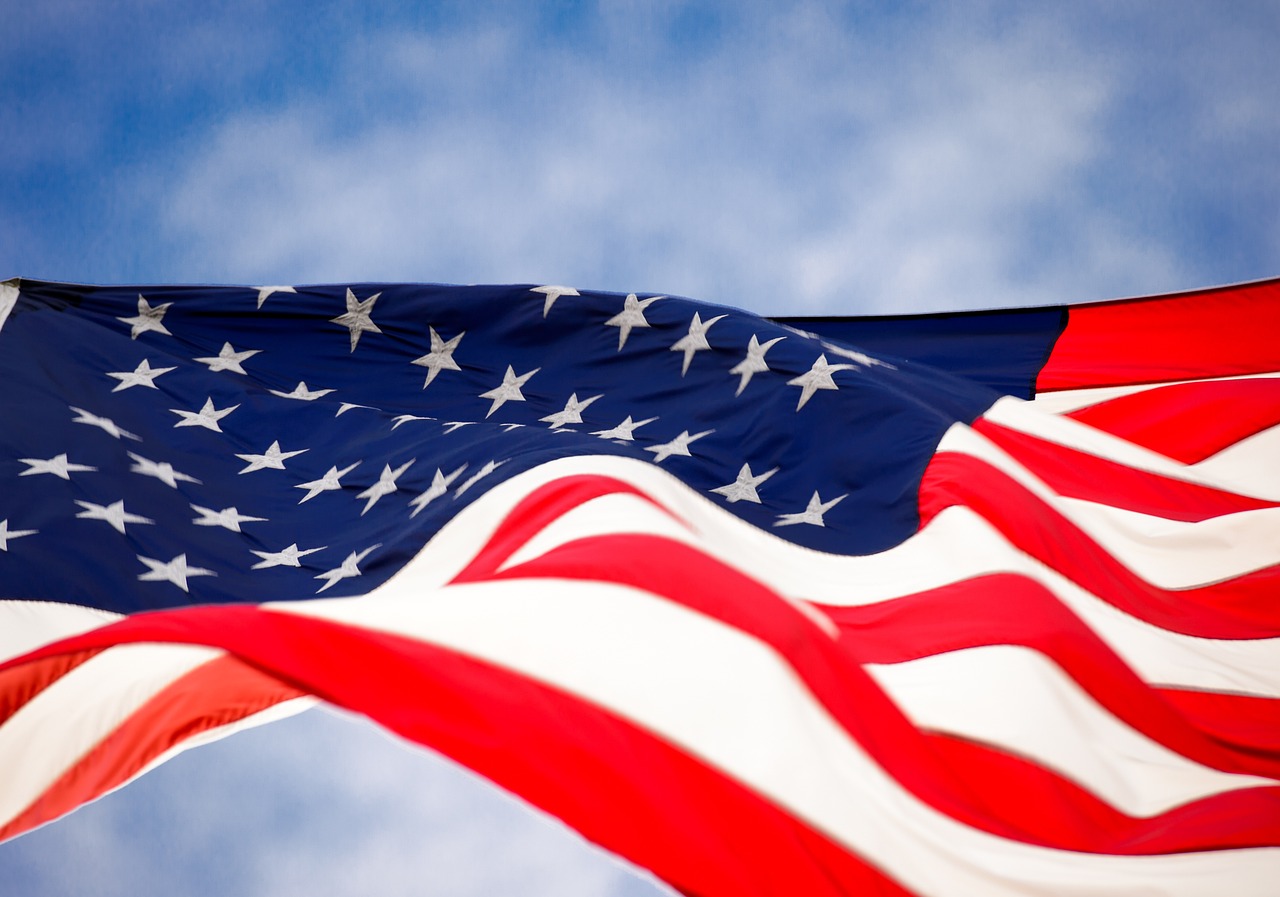The US economy experienced a notable slowdown in the first quarter of 2024, with the gross domestic product (GDP) increasing by an annualised rate of 1.6% in Q1, according to the Department of Commerce’s recent announcement. This growth rate marks a decrease from the robust 3.4% expansion observed in the previous year’s fourth quarter. Analyst expectations had been set higher, anticipating an average growth rate of 2.5% for Q1.
The personal consumption expenditures (PCE) price index, which is a critical inflation indicator for the US Federal Reserve (Fed), increased at an annualised rate of 3.4% in the quarter, marking its largest rise in a year and a significant jump from the 1.8% recorded in the fourth quarter. When excluding food and energy, the core PCE prices climbed 3.7%, both figures substantially exceeding the Fed’s inflation target of 2%.
“What a horrible combination: US 1Q 24 GDP growth well below expectations, but Core personal consumption expenditure inflation at 3.7%,” Björn Jesch, Chief Executive Officer of DWS opined.
“Our take has been that despite all the hubbub about the economy’s strength, nominal GDP growth has been decelerating steadily, an indication that Fed tightening is biting at least to some extent and that post-Covid tailwinds for the economy are flagging,” said Michael Bazdarich, Product Specialist at Western Asset Management. “We think this decelerating trend is the dominant factor that will keep inflation trending lower. While 1Q24 inflation was disappointingly high, the decelerating trend in nominal GDP is still in place, and we believe the inflation data will look better – that is, lower – in months to come.”
The Royal Bank of Canada (RBC) expects the US economy to lose more momentum over the second half of 2024. “But each additional upside surprise on economic growth and labour markets makes it less likely that inflation will resume a downward trend, and raises the risk that interest rates will need to remain higher for longer,” wrote the RBC earlier this week.
The response of the Fed to the recent GDP figures remains uncertain. Despite the slowdown, the central bank continues to maintain its tight monetary policy.
“After an unsettling headline miss, the picture that emerges from the details in the GDP report is actually more of the same in terms of the factors that are standing in the way of a lower rate environment,” said Wells Fargo & Co. economists in a note.
UBS Asset Management’s Head of Multi-Asset Strategy, Evan Brown, said: “We believe the Federal Reserve would need to see a resurgence in wage growth to be convinced that the strength in these components of inflation had staying power and that additional tightening would be needed to offset a demand-driven wave of price pressures. This outcome is certainly within the distribution, but we have yet to see evidence pointing in that direction.”
“As of now, with data at hand, expectations of a first-rate cut are tilted towards September,” DWS’s Jesch said.
“Our base case is for two rate cuts from the US Fed this year, in September and December, given that growth and inflation are likely to moderate slightly over the second half of the year,” shared Paul Diggle, Chief Economist at abrdn.
“However, we take seriously the risk that there could be no cuts, or even that the next move is a hike. Indeed, we assign a cumulative 35% probability to “no landing” and “oil price spike” scenarios in which policy stays on hold this year or even tightens,” he added.
Read more

State Street Global Advisors
Grey Swans that could impact the markets in 2024
Grey Swans do not necessarily need to be negative.

Pictet Asset Management
Fixed income investing poised for a drastic change?
Emerging Market bonds are more promising this year than in 2023.

Ninety One
Debunking misconceptions in EM Equities
“EMs would now grow through domestic consumption, decoupling from the developed economies.”

JPMorgan Asset Management
US elections: what investors need to know
“…investors should let their long-term goals, time horizon, and risk tolerance dictate their portfolios, not the political cycle.”





















